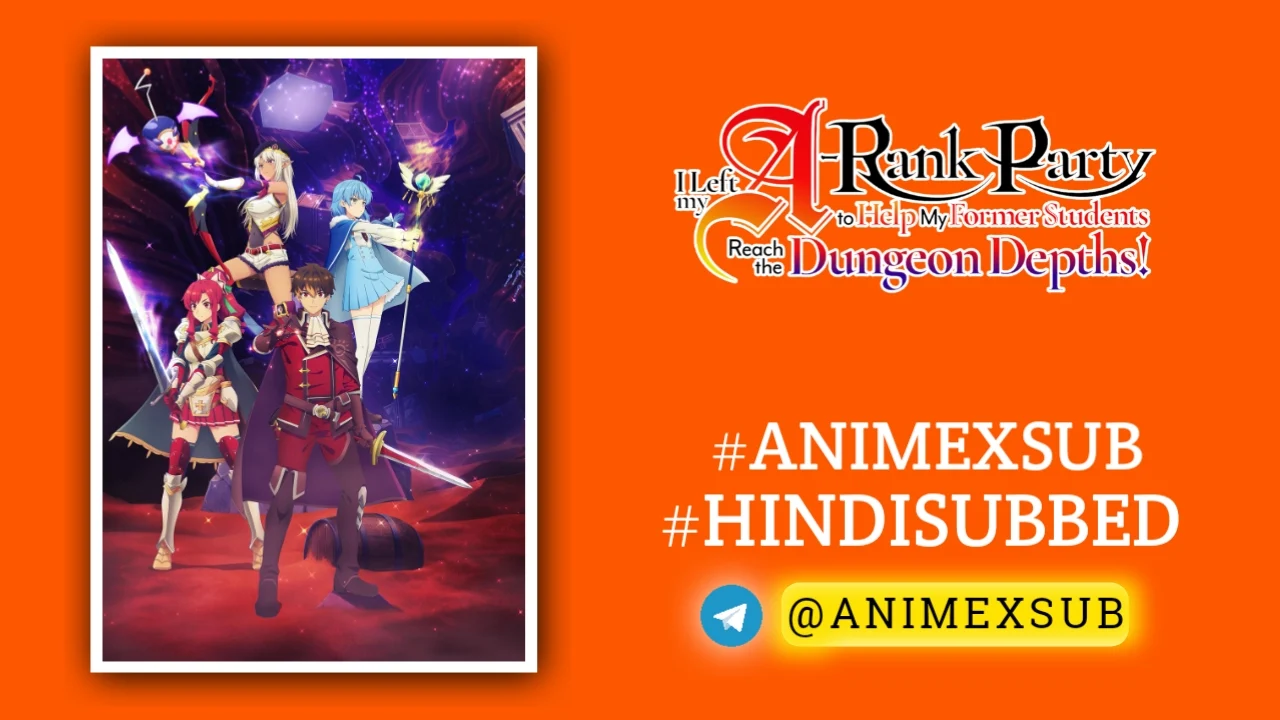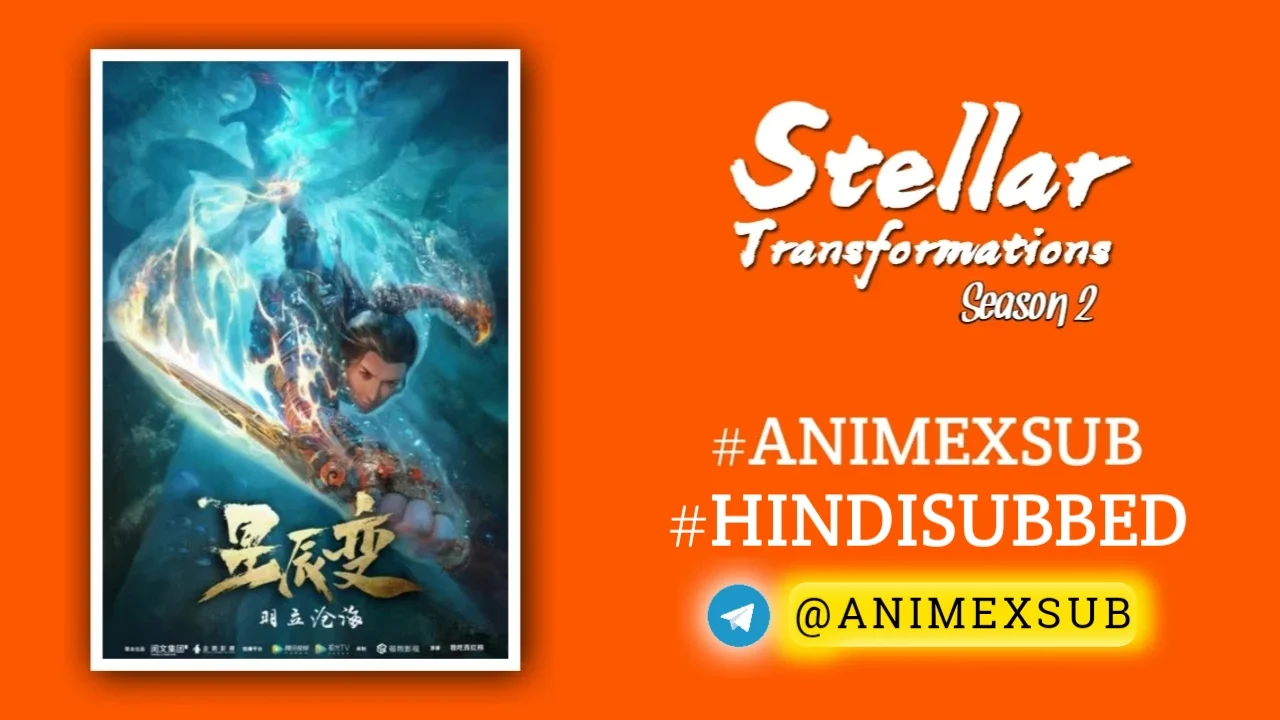
H2O: Footprints In The Sand Season 1 Hindi Subbed [12/12] {Complete}

H2O: FOOTPRINTS IN THE SAND
H2O: Footprints in the SandSynopsis
Takuma Hirose is a blind young male high school student, though the cause for his blindness is undetermined. In order to heal his medical condition, he is sent to live in a village with his uncle. There, he meets several girls, three of which stand out more than any of the others. They are Hayami Kohinata, Hinata Kangura, and Otoha. Otoha temporarily heals his blindness and Hirose uses his sight to help others. He finds out that, for some reason, Hayami Kohinata is hated in the village, and he tries his best to help her out. Meanwhile, many sad secrets unfold in the village...
Characters
Episodes
How To Download Tutorial
Unveiling the Layers: A Deep Dive into H2O: Footprints in the Sand Season 1
In the vast ocean of anime adaptations from visual novels, few titles navigate the treacherous waters between heartfelt drama and subtle tragedy quite like H2O: Footprints in the Sand. Released in 2008 by studio Zexcs, this 12-episode series draws from Makura’s 2006 adult visual novel, stripping away the explicit elements to focus on a poignant exploration of loss, perception, and human connection. What emerges is not just a romance but a meditative journey through sensory deprivation and rural isolation, framed by the iconic Christian poem “Footprints in the Sand.” Season 1, the sole season, stands as a self-contained narrative that rewards patient viewers with its understated emotional depth, even as it grapples with pacing issues and uneven character arcs.
Plot Without Spoilers: A Blind Path to Healing
At its core, H2O follows Takuma Hirose, a junior high school student blinded by an unexplained condition tied to childhood trauma—specifically, the sudden death of his mother in a tragic accident. Relocated from the urban sprawl to a sleepy seaside village to live with his uncle, Takuma arrives as an outsider, his world reduced to sounds, smells, and textures. The village, with its whispering waves and creaking wooden paths, becomes a canvas for his reluctant reintegration into society.
The story unfolds episodically at first, introducing Takuma’s daily struggles: navigating schoolyard bullying, forming tentative bonds, and confronting the limitations of his sight. Central to this are three female characters whose initials cleverly form the title’s “H2O”—Hayami Kohinata, a gentle yet burdened classmate; Hinata Mukai, a free-spirited and enigmatic presence; and Otoha Tsukioka, whose quirky energy masks deeper vulnerabilities. As Takuma interacts with them, the narrative shifts from slice-of-life vignettes to a more cohesive arc involving village secrets, personal revelations, and the psychological toll of isolation.
What sets the plot apart is its refusal to rush toward catharsis. Episodes build tension through mundane details—like the rhythmic crash of ocean waves symbolizing unbridgeable distances or the tactile feel of sand underfoot evoking fleeting memories. The poem’s motif weaves in subtly: the opening episode recites its first half, pondering divine guidance in hardship, while the finale completes it, implying Takuma’s journey as a metaphor for unseen support amid despair. This structure elevates H2O beyond typical harem tropes, transforming it into a character study on how blindness—both literal and emotional—forces one to “see” differently.
Character Depth: Flawed Mirrors of Resilience
Takuma anchors the series as a protagonist who defies the brooding archetype. Voiced with quiet intensity by Nobuhiko Okamoto (in a breakout role), his performance captures the frustration of dependency without descending into self-pity. Takuma’s arc explores psychosomatic blindness as a manifestation of grief, drawing from real psychological concepts like conversion disorder, where emotional pain somatizes into physical symptoms. This isn’t glorified; instead, it’s portrayed as a barrier that isolates him from peers, highlighting themes of empathy in a community quick to judge.
The heroines shine brightest in their contrasts. Hayami (Ami Koshimizu) embodies quiet endurance, her backstory intertwined with familial expectations and subtle abuse, making her interactions with Takuma a study in mutual vulnerability. Hinata (Harumi Sakurai) brings levity and mystery, her playful demeanor hiding layers of abandonment issues, often using humor as a shield— a nuance that echoes real coping mechanisms in trauma survivors. Otoha (Ryoko Tanaka) stands out for her eccentricity, blending childlike innocence with sharp perceptiveness, her role challenging Takuma’s worldview in unexpected ways.
Supporting characters, like Takuma’s uncle and village elders, add texture without overshadowing the core group. However, the series falters in balancing screen time; some side arcs feel underdeveloped, serving more as plot devices than fully realized portraits. This unevenness stems from the visual novel’s branching paths, condensed into a linear format, but it ultimately underscores the theme: not all footprints leave equal marks.
Thematic Resonance: Beyond Sight, Into the Soul
H2O excels in its thematic subtlety, using Takuma’s blindness as a lens to interrogate perception. In a visually dominated medium like anime, the show’s emphasis on auditory and tactile cues—rustling leaves signaling approach, the salty tang of sea air evoking nostalgia—forces viewers to engage differently. This mirrors philosophical ideas from thinkers like John Locke on empiricism, where knowledge derives from senses, questioning how much of our reality is constructed by what we can’t see.
The rural setting amplifies isolation versus community: the village’s superstitions and economic struggles parallel Takuma’s internal battles, critiquing how societal pressures exacerbate personal pain. Romance elements are handled with restraint, avoiding fanservice in favor of emotional intimacy—hand-holding becomes profound when sight is absent. The poem’s integration adds a spiritual layer, not preachy but contemplative, suggesting healing comes from “carrying” others through darkness, a nod to interdependence in Japanese collectivist culture.
Yet, the series isn’t flawless. Its pacing drags in mid-episodes, with filler-like school scenes diluting tension, and the tragedy veers into melodrama at peaks, risking emotional manipulation. Cultural context matters too: as an adaptation from an eroge (erotic game), traces of objectification linger in character designs, though the anime tones this down significantly.
Production Elements: Visual Poetry in Restraint
Zexcs’ animation is serviceable but evocative, favoring soft watercolors and beach motifs over flashy action. Backgrounds of endless sands and twilight skies create a dreamlike haze, enhancing the introspective mood. Director Hideki Tachibana employs static shots and slow pans to mimic Takuma’s disorientation, a technique reminiscent of sensory-deprivation films like Wait Until Dark.
The soundtrack, composed by Makoto Mizuno, is a highlight—gentle piano and string swells underscore emotional beats, with Monet’s opening “H2O” and ending “Tomorrow” providing wistful bookends. Voice acting elevates the material: Koshimizu’s tender delivery for Hayami conveys unspoken sorrow, while Sakurai’s bubbly inflections for Hinata inject warmth. Subtle sound design, like echoing footsteps on sand, immerses viewers in Takuma’s world, making sighted sequences feel almost voyeuristic.
Comparatively, H2O anticipates later sensory-focused anime like A Silent Voice (2016) in its bullying themes or Violet Evergarden (2018) in emotional unlearning, but predates them with a rawer edge. Its 6.1/10 IMDb rating and 7.08/10 on Anime News Network reflect a niche appeal—masterpiece for 11% of voters, but watchable for most—underrated due to its 2008 release amid flashier shonen.
Enduring Impact: Footprints That Linger
Seventeen years on, H2O: Footprints in the Sand Season 1 remains a quiet gem for those seeking anime that probes the human condition without spectacle. It challenges viewers to confront their own “blind spots”—prejudices, grief, unvoiced affections—through Takuma’s odyssey. While not revolutionary in animation or plot twists, its power lies in authenticity: a reminder that true vision emerges from vulnerability. Stream it on Crunchyroll for a reflective watch; it may not dazzle, but it etches deep.















